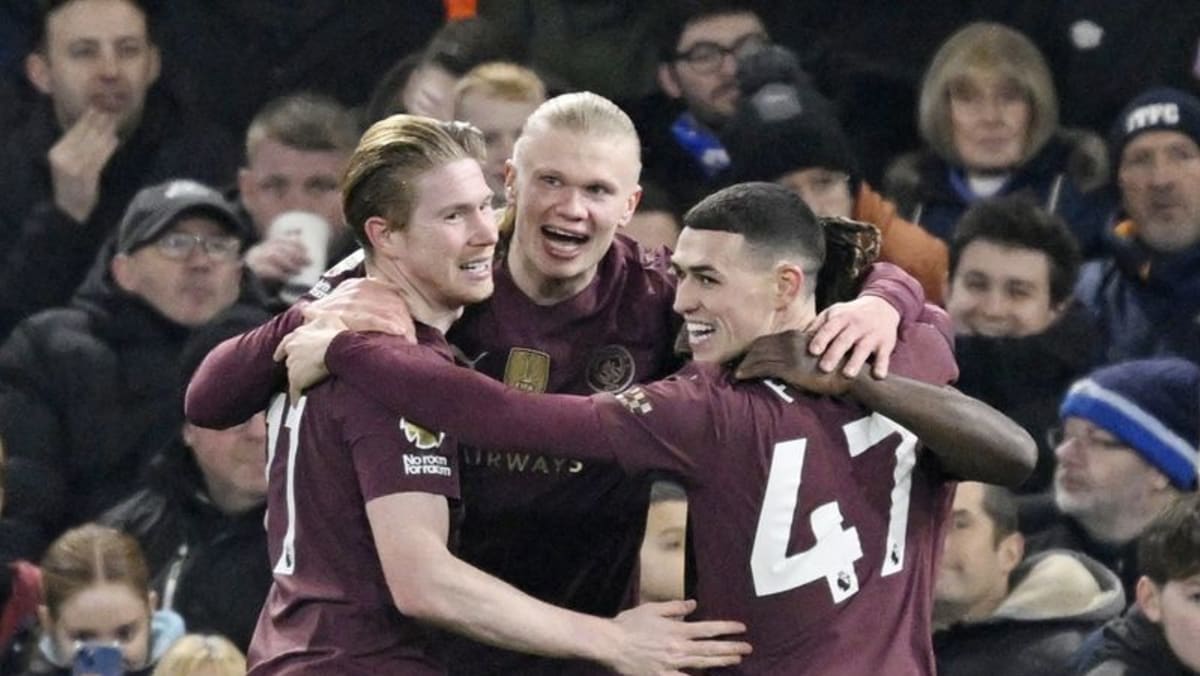Dealing with any kind of headache is a serious pain, but a headache behind your eyes is a unique form of torture. After all, you rely pretty heavily on your eyesight to help you get around, so when every glance and blink causes new waves of pain, it can completely derail your day.
Unfortunately, eyeball-pulsing headaches happen, and there’s not one set cause for them, Medhat Mikhael, MD, pain management specialist and medical director of the nonoperative program at the Spine Health Center at MemorialCare Orange Coast Medical Center in Fountain Valley, California, tells SELF. “There are several reasons why one might have a headache behind the eyes,” he says.
Knowing the source of your eye headache can help you pinpoint the best treatment for it—and get some relief, stat. With that in mind, these are some of the most common reasons for feeling a headache behind the eyes and what to do when one threatens to ruin your day.
1. You have a tension headache.
A tension headache is the most common type of headache, according to the U.S. National Library of Medicine (NLM). You can get a tension headache for a slew of different reasons, including stress or muscle tension in your neck, scalp, or head. Tension headaches typically make you feel like there’s a band that’s squeezing your head, causing pain in your forehead or on both sides and the back of your head, according to the Mayo Clinic.
But that band of pain can extend to behind your eyes too, Dr. Mikhail says. “Muscle tightness causes the headache,1 and the muscles around the eyes can be affected,” he says. “That can cause pain around the eye and behind the eye.”
If you’re playing headache detective, keep in mind that tension headaches tend to come on slowly and usually cause mild to moderate pain, according to the Cleveland Clinic. In general, they feel like a “dull ache,” Amit Sachdev, MD, the director of the division of neuromuscular medicine at Michigan State University, tells SELF.
Treatment for tension headaches usually involves pain-relieving medications like aspirin, ibuprofen, or naproxen sodium, or meds that combine a pain reliever like aspirin or acetaminophen with caffeine, per the Mayo Clinic.
Prefer to go the nonmedicated route for relief? Resting, using an ice pack on your head, or taking a long, hot shower can help. If tension headaches are a regular thing for you, talk to your doctor about maintenance medication that might help. Some people may find that certain stretches and exercises, practiced under the guidance of a physical therapist, can also help relieve the muscle tension that contributes to tension headaches, per the Mayo Clinic.
2. It’s actually a migraine attack.
If you’ve had a migraine attack in the past, you usually know what you’re up against. But if you haven’t or you’re not sure, it never hurts to recap: A migraine attack can cause an intense and severe headache that usually results in a pounding or throbbing pain on one side of your head, according to the NLM. Migraine pain “can cluster in many locations” including around the eyes, Dr. Sachdev says. “Why the eyes are very commonly affected is unknown.”
Note: This article have been indexed to our site. We do not claim legitimacy, ownership or copyright of any of the content above. To see the article at original source Click Here













